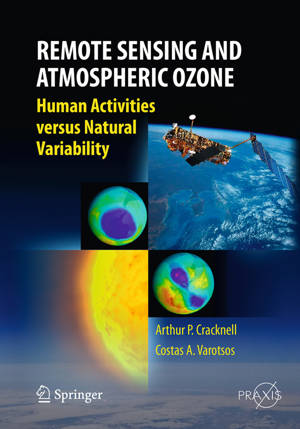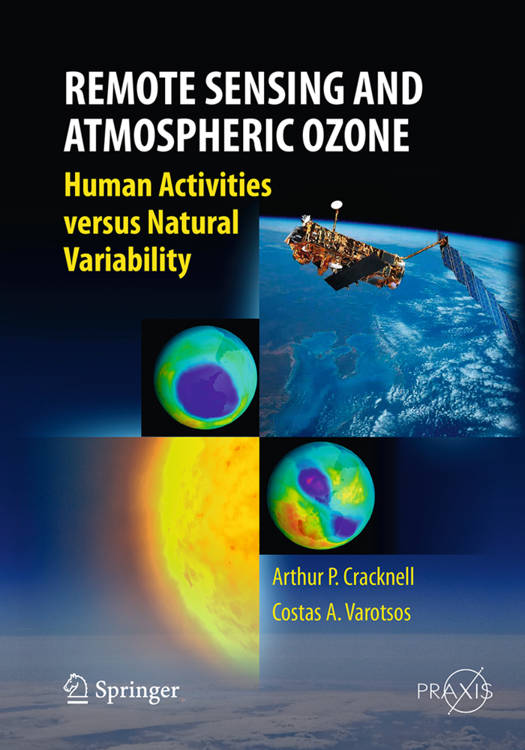
- Retrait gratuit dans votre magasin Club
- 7.000.000 titres dans notre catalogue
- Payer en toute sécurité
- Toujours un magasin près de chez vous
- Retrait gratuit dans votre magasin Club
- 7.000.0000 titres dans notre catalogue
- Payer en toute sécurité
- Toujours un magasin près de chez vous
Remote Sensing and Atmospheric Ozone
Human Activities Versus Natural Variability
Arthur Philip Cracknell, Costas Varotsos
210,95 €
+ 421 points
Format
Description
The destruction of the ozone layer, together with global warming, is one of the hot environmental topics of today. This book examines the effect of human activities on atmospheric ozone, namely the increase of tropospheric ozone and the general diminution of stratospheric ozone and the production of the Antarctic ozone hole. Also discussed is the role of remote sensing techniques in the understanding of the effects of human activities on atmospheric ozone as well as in the development of social and political awareness of the damage to the ozone layer by man-made chemicals, principally CFCs. This led to the formulation and ratification in 1989 of the Montreal Protocol on controlling/banning the manufacture and use of chemicals that damage the ozone layer.Since then, remote sensing has played a key role in monitoring atmospheric ozone concentration and determining the success of the Montreal Protocol in protecting the ozone layer from further damage. In this book, the renowned authors discuss the sophisticated instruments that have been launched into space to study not only ozone but also other trace gases in the atmosphere, some of which play a key role in the generation and destruction of ozone in the atmosphere. Professors Cracknell and Varotsos also examine the satellite-flown instruments which are involved in monitoring the absorption of solar ultraviolet light in the atmosphere in relation both to the generation and destruction of ozone and consequently to human health.This scholarly book, written by the foremost experts in the field, looks at remote sensing and its employment in the various aspects of ozone science. It is widely acknowledged that global warming, due to anthropogenic greenhouse gases emissions, represents a threat to the sustainability of human life on Earth. However, many other threats are potentially just as serious, including atmospheric pollution, ozone depletion, water pollution, the degradation of agricultural land, deforestation, the depletion of the world's mineral resources and population growth.
Spécifications
Parties prenantes
- Auteur(s) :
- Editeur:
Contenu
- Nombre de pages :
- 662
- Langue:
- Anglais
- Collection :
Caractéristiques
- EAN:
- 9783662505694
- Date de parution :
- 23-08-16
- Format:
- Livre broché
- Format numérique:
- Trade paperback (VS)
- Dimensions :
- 170 mm x 244 mm
- Poids :
- 1106 g

Les avis
Nous publions uniquement les avis qui respectent les conditions requises. Consultez nos conditions pour les avis.






